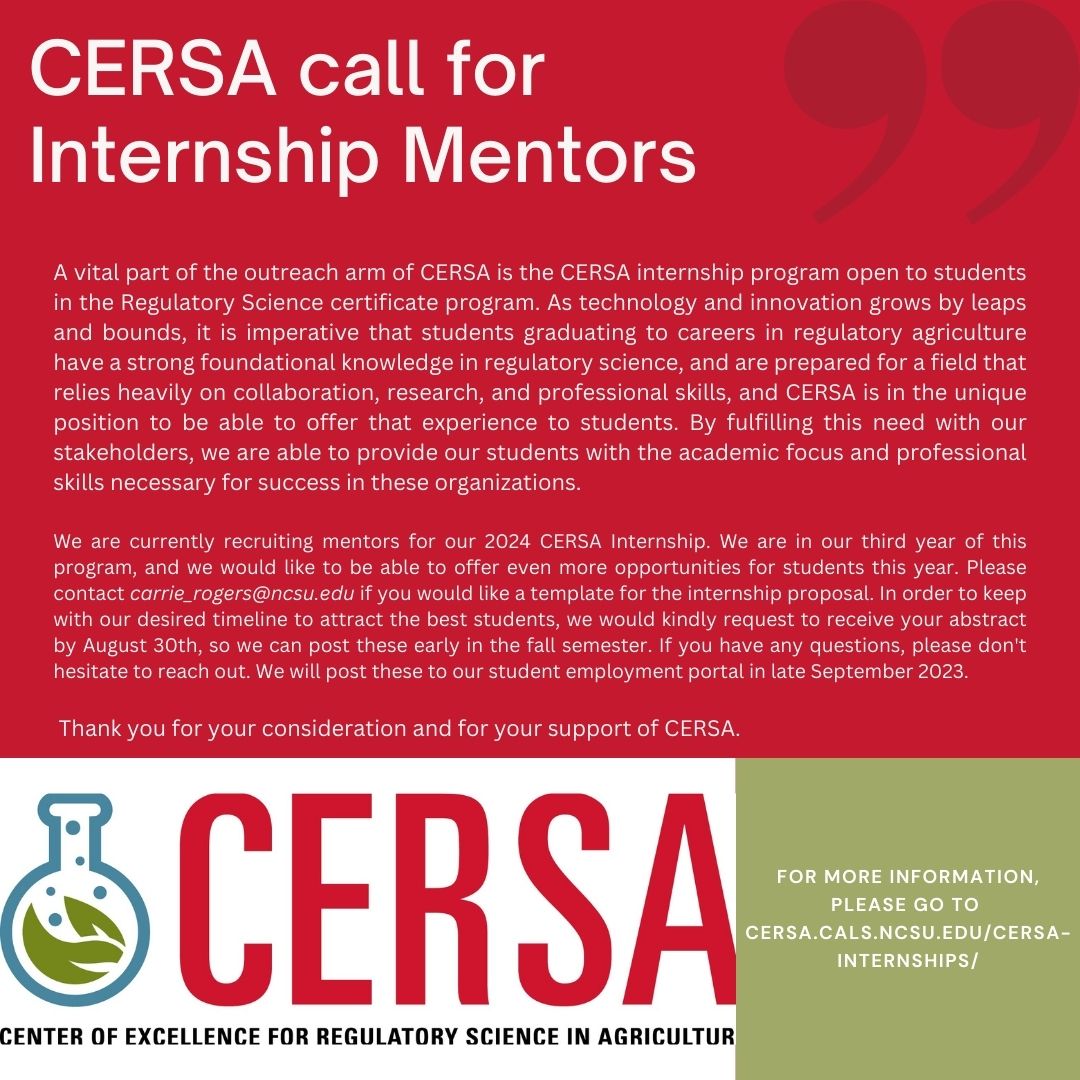What Does it Take to Communicate Pesticide Risk Effectively
Madeline Maynard

Pesticide risk communication is an integral part of harmonizing global regulations, and it is especially relevant in harmonizing Maximum Residue Levels (MRLs) in global trade regulations. When countries understand and integrate the properties of effective risk communication, they are better able to counteract the spread of misinformation and help their denizens to understand and appreciate the regulations being passed to promote personal and environmental safety. According to Health Canada, “risk communication is any exchange of information concerning the existence, nature, form, severity or acceptability of health or environmental risks.” This means that an effective pesticide risk communication strategy would address public concerns, while educating the public on what pesticides are and how they work. Encouraging the public to better understand pesticides allows constructive dialogue between citizens, researchers, and policy makers when trying to promote a healthy/safe environment and a prosperous economy.
The Asia-Pacific Economic Cooperation (APEC) outlines eight properties of effective food risk communication which can be carried over to pesticide risk communication strategies for every country, not just APEC members. These principles are applied to pesticide risk as follows:
Principle 1: Protection of Consumer (Public) Health, addresses public health as the number one priority of risk communication.
Principle 2: Transparency and Timeliness, directs risk communicators to be transparent where legally able and timely in their communications relevant to the timeframe of risk information becoming available.
Principle 3: Two-Way Communication, notes that risk communication should be interactive to address the questions, concerns, and needs of every party.
Principle 4: Credible Information Based on Science and Evidence, denotes how information should be presented in risk communications to help educate the public and prevent the spread of misinformation.
Principle 5: Pesticide Safety is a Shared Responsibility, conveys the need for the multiple parties involved in pesticide risk communication to be active in the risk communication process by expressing their needs/concerns/knowledge in relation to pesticides.
Principle 6: Audience Oriented and Inclusive, communicates the need to involve all interested parties in the pesticide risk communication process.
Principle 7: Consultative, Consistent, Systematic and Preventative, addresses the need for risk communicators to take into consideration the knowledge, attitudes, values, practices, and perceptions of all parties involved in the risk communication process.
Principle 8: Pesticide Communication is Iterative and Requires Continuous Improvement, highlights that risk communication is constantly being built upon and improved/refined as new research is completed, therefore risk communications need to be assessed regularly to maintain accuracy of information.
We can apply these food safety risk communication principles to pesticide risk communication to gain a foundation for building an effective risk communication system.
In addition to these concepts, other tools of pesticide risk communication that have shown to improve efficacy include defining risk vs hazard, breaking down technical research/regulations into less technical terminology, and utilizing platforms such as social media to disseminate information. These tools, in conjunction with the 8 APEC principles, create an effective risk communication system that increases constructive dialogue within countries as well as between countries which can increase global regulatory harmonization and increase trade.


